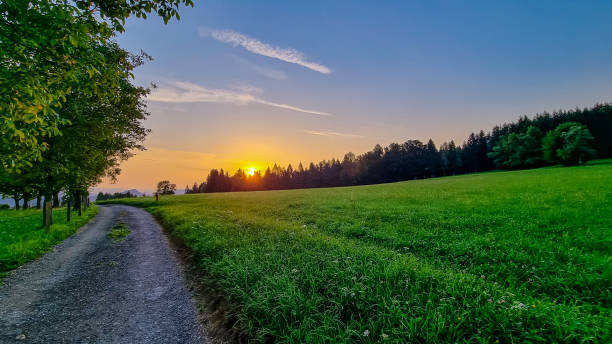USA — Philadelphia

The Batona Trail is a scenic hiking route in New Jersey, USA.
Distance: 82.0 km
Elevation Gain: 300 m
Difficulty: Moderate
Duration: 2-3 days
The Batona (“Back to Nature”) Trail is an 82km long-distance walk through New Jersey’s Pine Barrens—one of the largest remaining wild forests on the U.S. East Coast. Expect sandy footpaths, pitch pine and cedar swamps, cranberry bogs, and wide-open sky. It’s a flat but immersive journey with big doses of quiet and subtle beauty.
Complete information for walking the Batona Trail — including transport, camping logistics, and insider tips — is available in the Wakahi Guide.
Linking Brendan T. Byrne, Wharton, and Bass River State Forests, the Batona Trail showcases the distinctive Pine Barrens ecosystem: sandy soils, dwarf pines, tea-colored streams, and exceptional birdlife. Wayfinding is straightforward, and the rhythm is meditative—long, level miles with ever-changing textures of pine and scrub oak.
Established in 1961 by the Batona Hiking Club, the route weaves through landscapes shaped by centuries of human use—charcoal making, glassworks, and cranberry farming—while remaining resiliently wild. Folklore flourishes here too (hello, Jersey Devil), adding character to a uniquely Northeastern backcountry.
Want more background? Read extended notes on history and cultural context → Learn more
Spring: Wildflowers and mild temps. Summer: Long days but hot and buggy—start early. Autumn: Best conditions; crisp air and color. Winter: Quiet and stark beauty; watch for ice on boardwalks.
Detailed trail map coming soon


Precisely traced GPX for the Batona Trail, ready for your GPS or favourite mapping app.
Stay on sandy trail corridors to protect fragile soils and vegetation. Pack out all waste and keep wildlife wild—this is a living, recovering landscape.